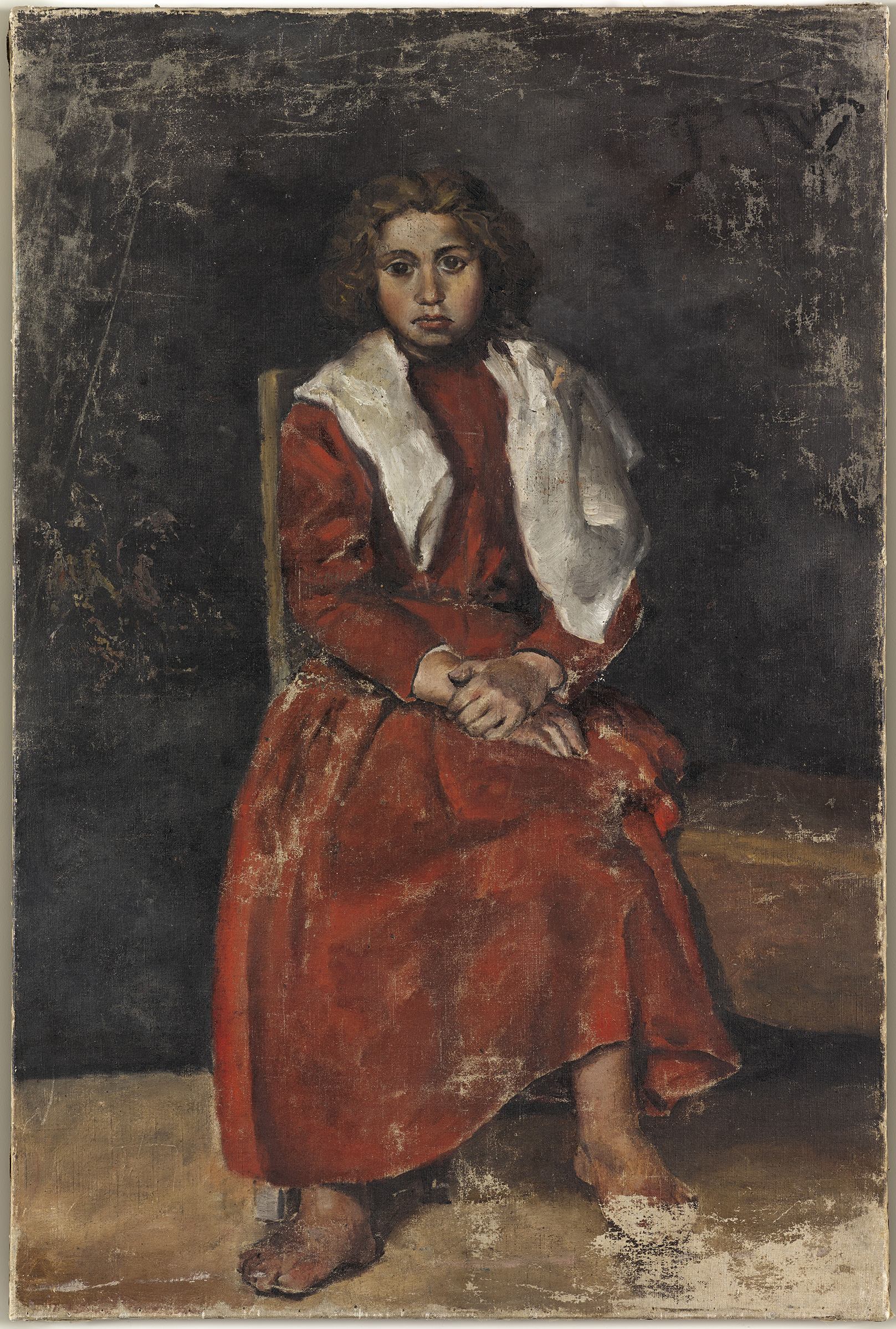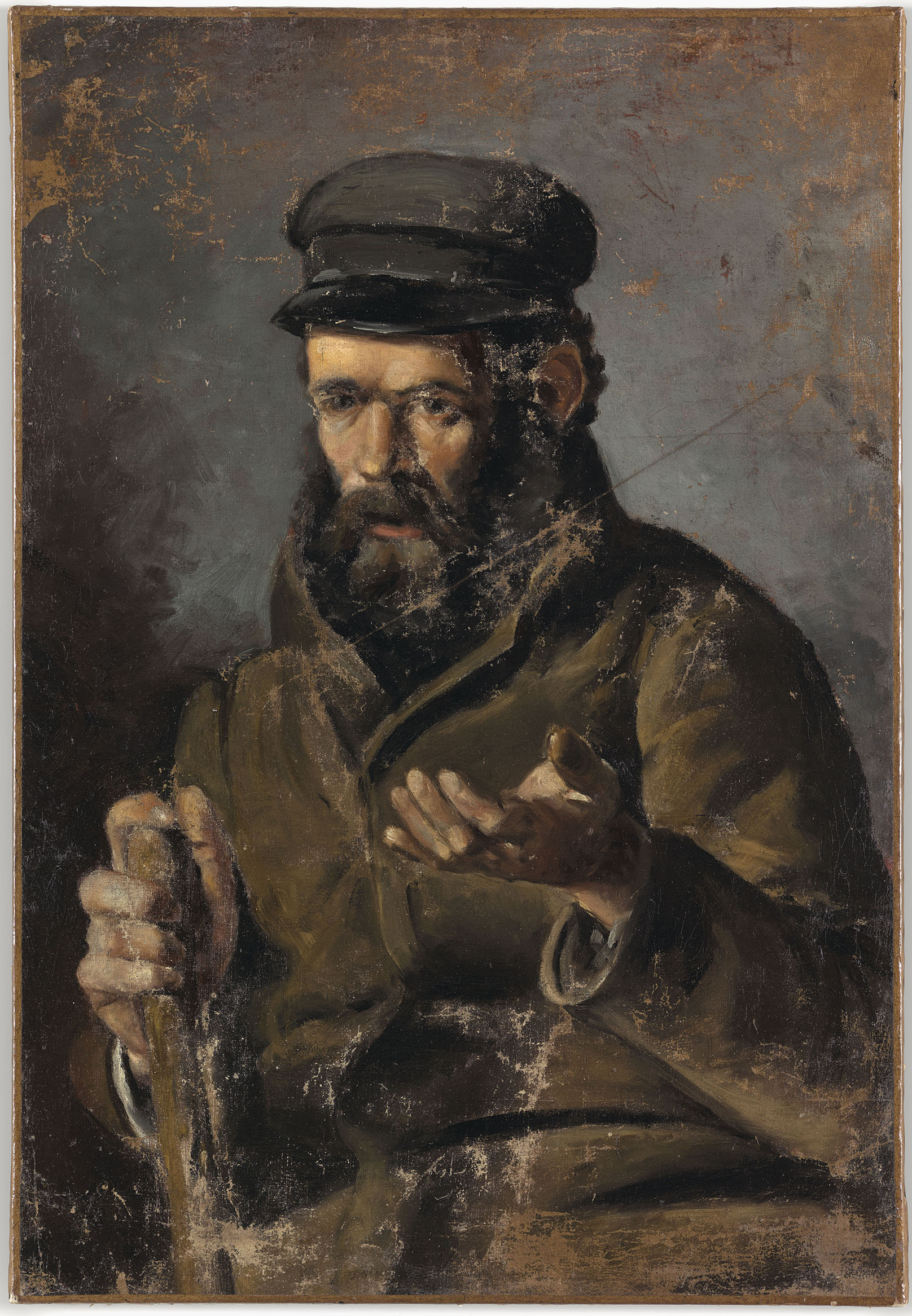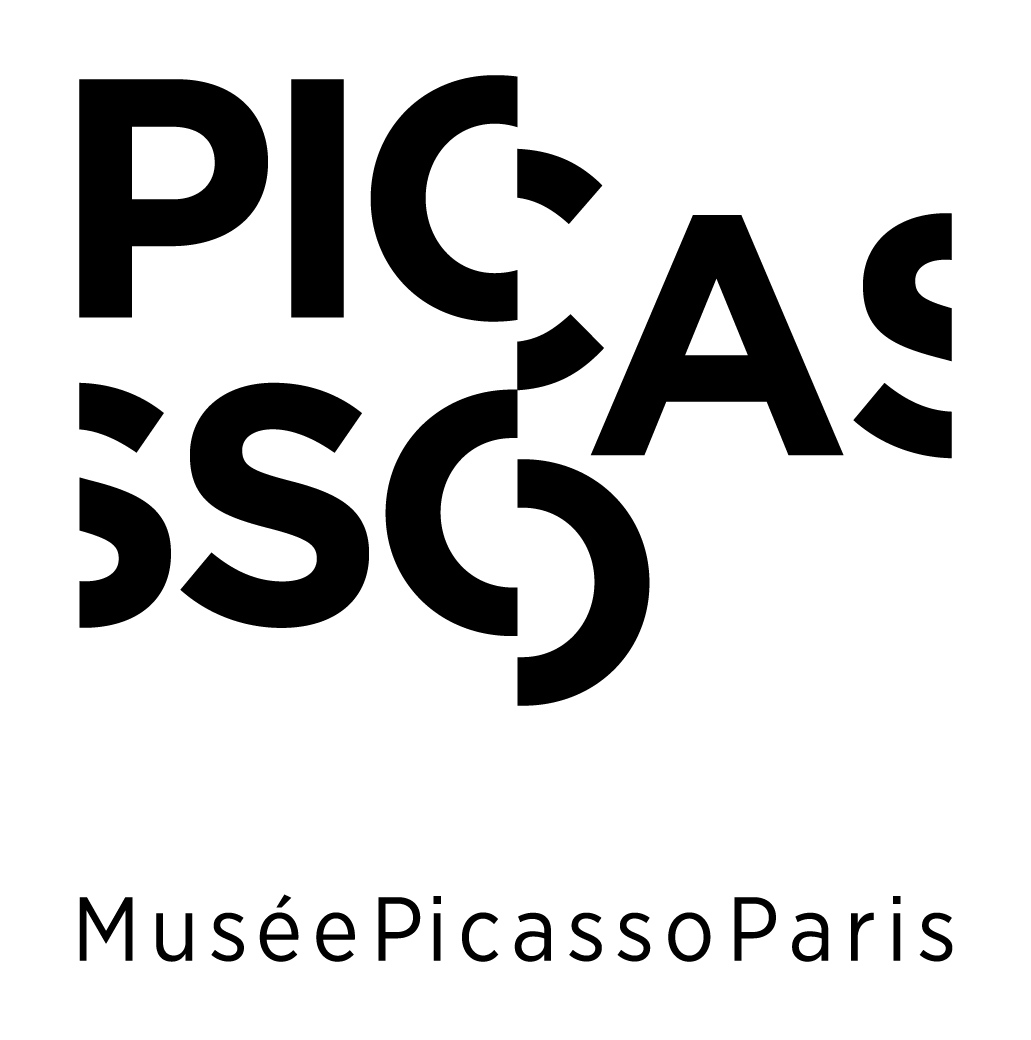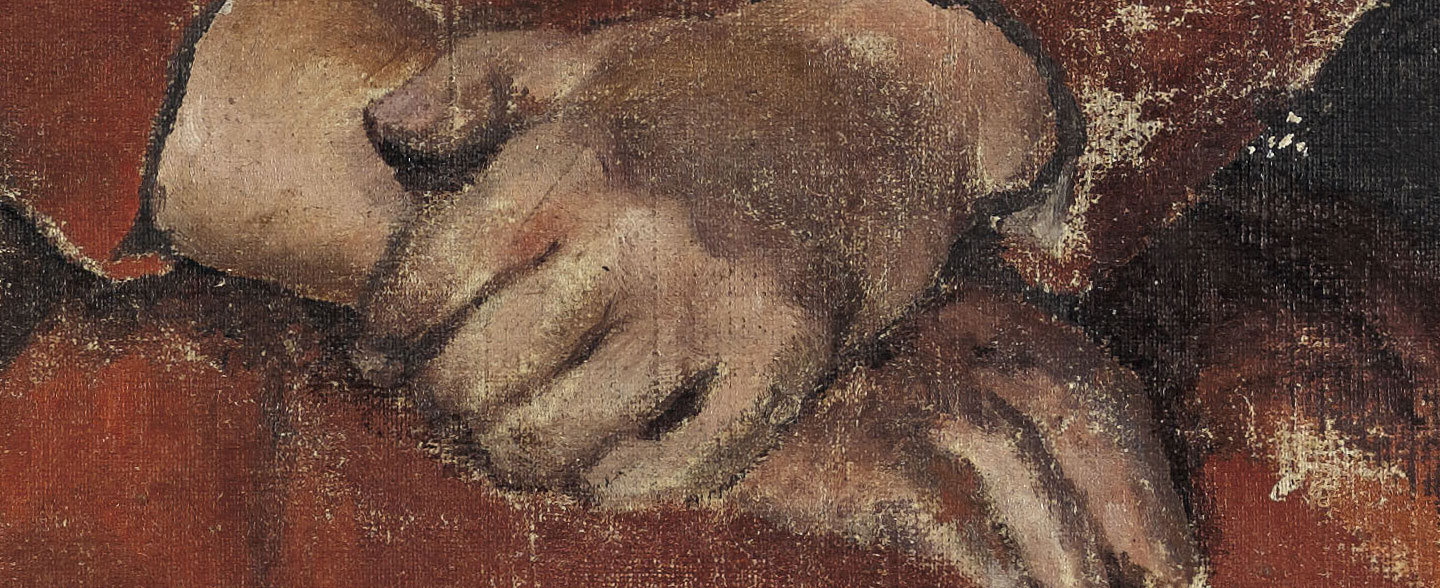In every child there is an artist. The problem is to know how to remain an artist when growing up.
Pablo Ruiz Picasso was born on October 25, 1881 in Malaga, Spain. He spent the first part of his life between Málaga and La Coruña, surrounded by his family. It was there that his passion for drawing and painting was born. What kind of little boy was Picasso? When did he start to paint?
Malaga
Pablo Picasso was born in Malaga, the provincial capital of Andalusia, to José Ruiz Blasco and Maria Picasso. His father, nicknamed "Pepe", came from a middle-class family. He taught drawing at the Malaga School of Fine Arts and was curator of the city's municipal museum. He also sold his own paintings. He had a great influence on his son, to whom he passed on his taste for painting from a very young age. Picasso used to watch him work and they regularly went to the museum together.
Dona Maria, Picasso's mother, was a housewife and very close to her children. It was her family name that Picasso took as his artist’s name. The double S, which is not very common in Spain, indicates his Genoese origins. Pablo had two sisters, Dolores, nicknamed "Lola", born in 1884, and Conception, often called "Conchita", the youngest of the family, born in 1887.
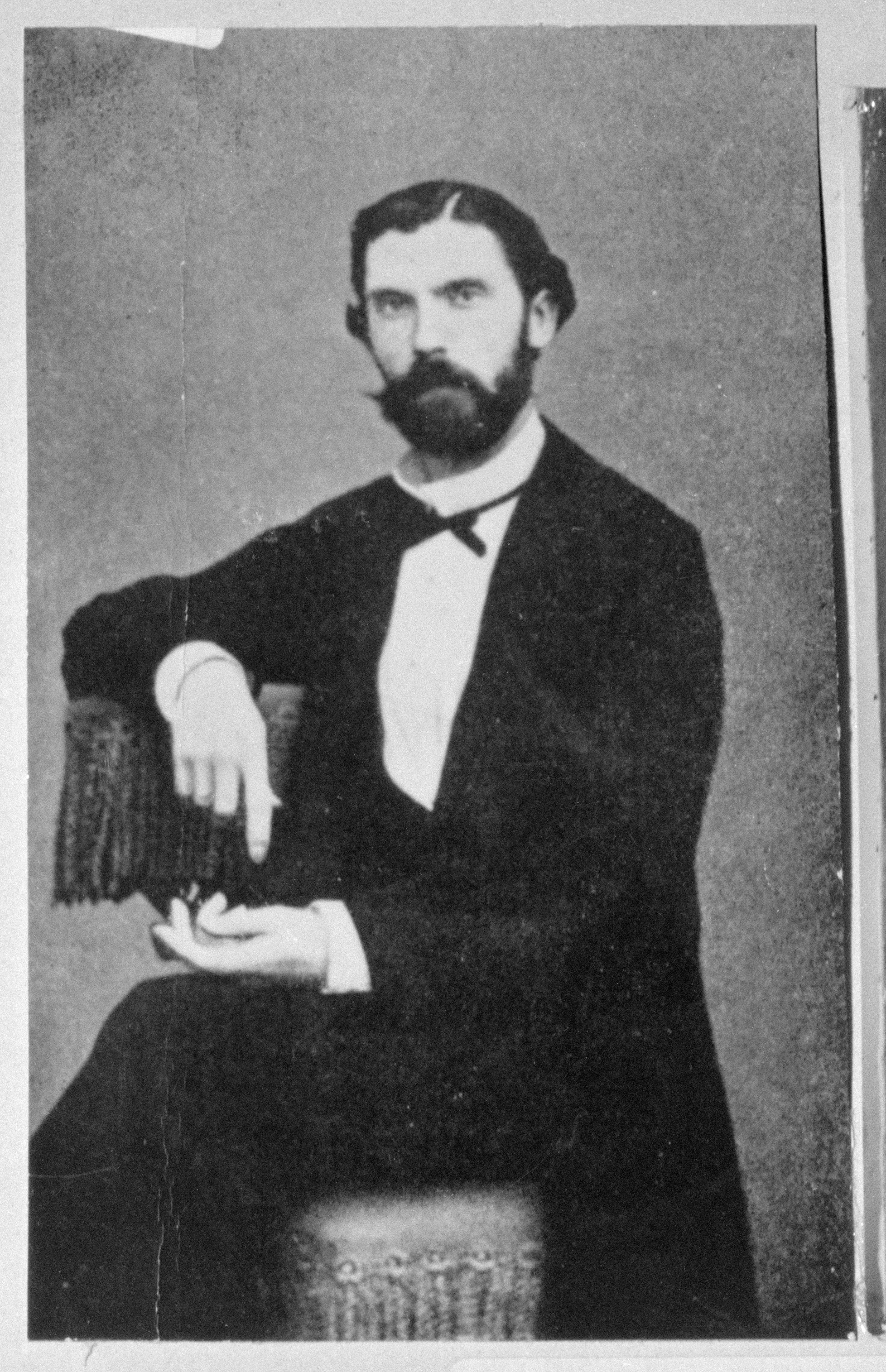
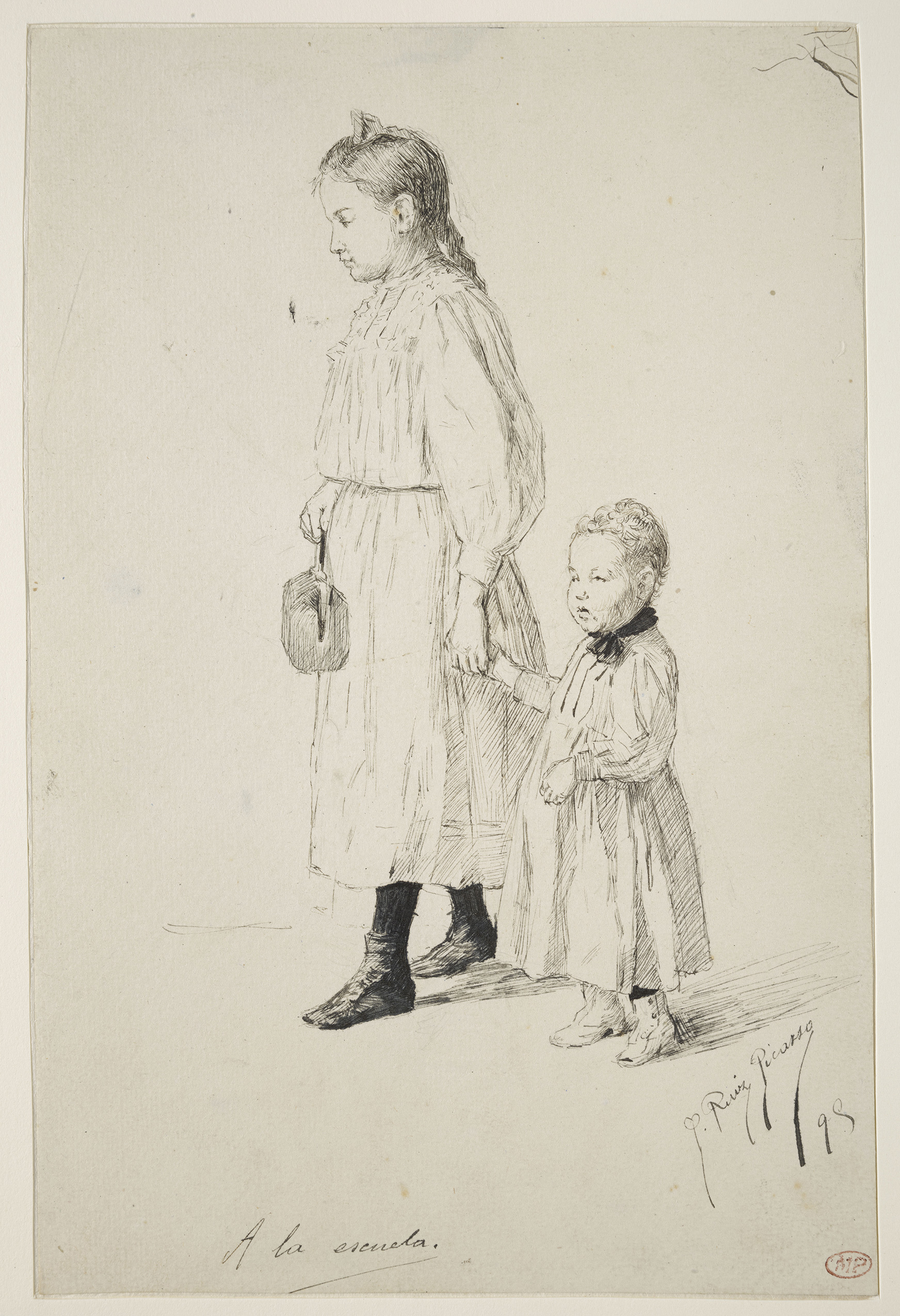
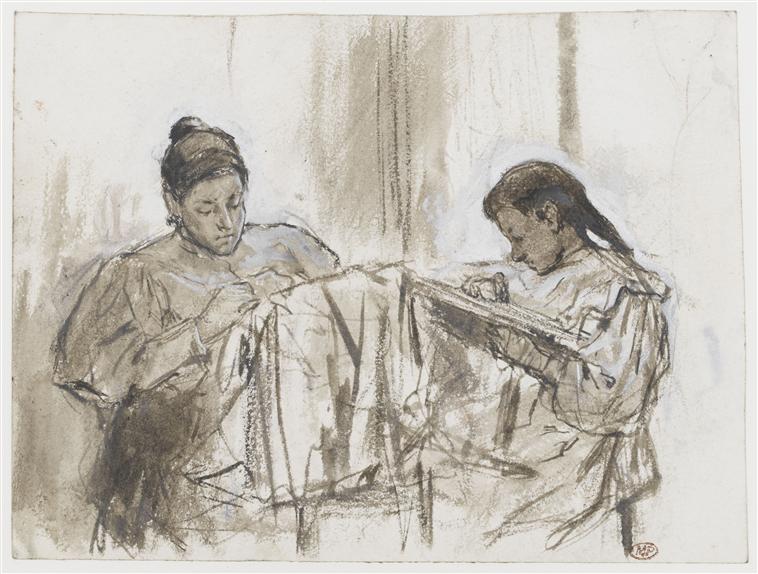
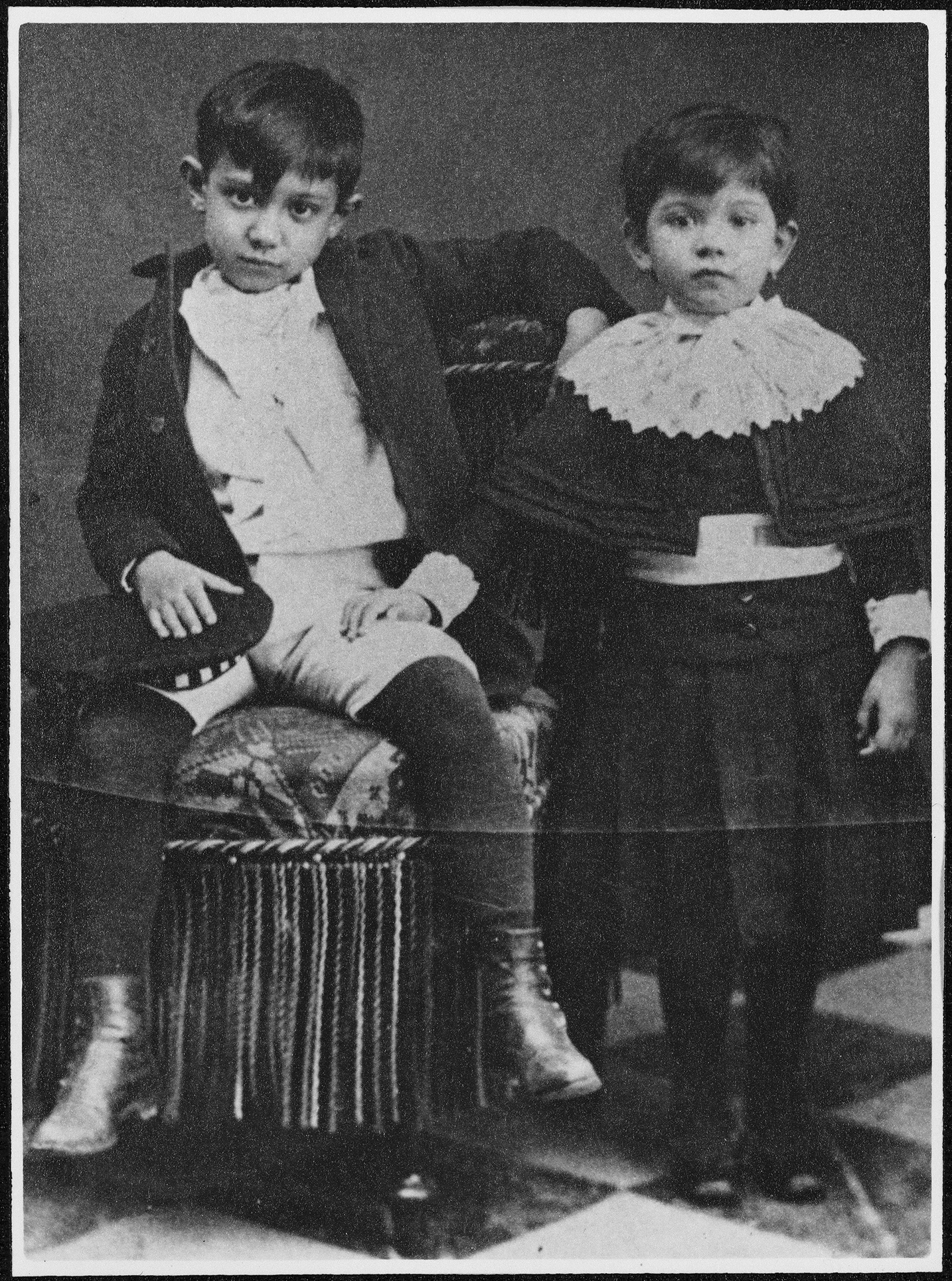
Pablo did not like school very much, he was bored and did not concentrate. Sabartès, a friend of the artist, tells us in his book Picasso, Portraits and Memories, that the little Malagasy boy screamed every morning when the maid took him to school. In class, he spent his time drawing and cutting out figures from paper. The teacher allowed him to bring in a pigeon, which he kept sketching in the corner of the classroom. At the age of 8, Picasso painted his first oil painting. It was entitled “The Little Yellow Picador”. The child applies himself to the composition, with a desire for perspective, different characters are represented in the background, and there is a strong spontaneity of line, supported by the yellow and the details of the costume of the picador on his horse. This passion for bullfighting is probably due to Pepe, who often took Picasso to the shows, sometimes bloody. At the age of 9, his favorite themes were mainly pigeons and bullfighting scenes.
La Coruña
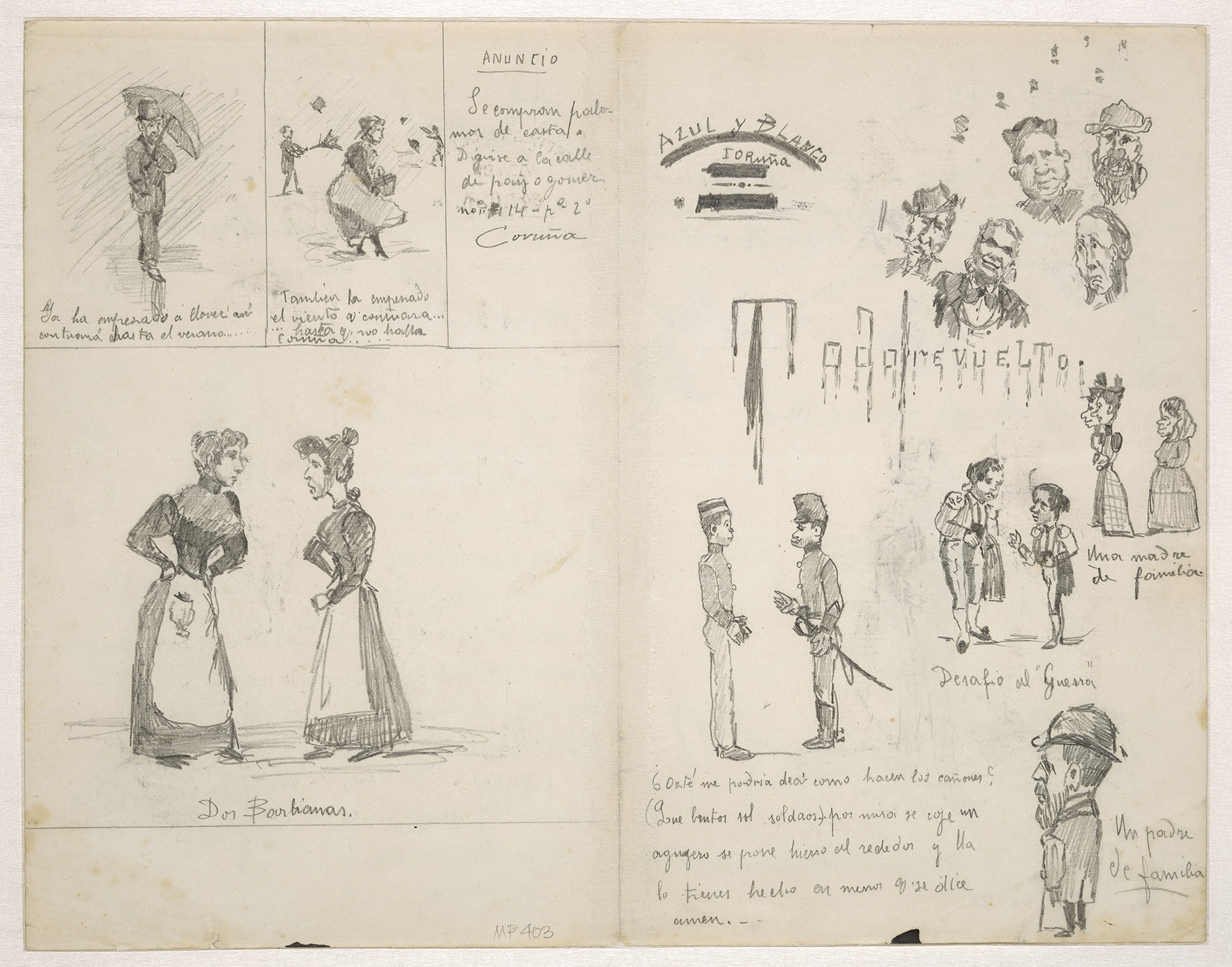
In 1891, Pepe was transferred to Coruña, on the northwestern Spanish coast, following the closure of the museum in Malaga. He took his family with him. Picasso was ten years old.
As soon as they arrived, Don José enrolled Pablo in the Instituto de la Guarda, which was located in the same building as the city's Museum of Fine Arts, but he was still not interested in the schooling.
At the age of 13, the young Picasso was confronted with a traumatic event. His sister, Conchita, fell ill and died of diphtheria at the age of 7. He recounts this episode, sixty years later, to Françoise Gilot (his companion at the time), who transcribes it in her book "Living with Picasso". Picasso explains that he wished to stop drawing if his sister was able to cope. Unfortunately for her, the wish was not fulfilled, and the ghost of this funeral promise followed the artist for the rest of his career.
Artistic production
Since 1892, Picasso was enrolled in a drawing class at the Fine Arts School in Coruña, while continuing his classical education.
He continued to improve his drawing skills and used new media such as pastels and pencils. Some themes are recurrent such as pigeons, hands, his sister Lola who remains one of his favorite models during his youth.
He made small, illustrated newspapers, "La Coruña" and "Azul y Blanco".
Conclusion
"The Barefoot Girl" is a painting made by Picasso when he was only 13 years old. It is the first incarnation of the theme of the "seated woman" which is declined and renewed throughout his work. That same year, 1895, Don José took his son to visit the Prado Museum in Madrid.
But his stay in Coruña was cut short, and his new destination was Barcelona! Don José was appointed professor at the city's School of Fine Arts: La Lonja.
This "childish" interlude came to an end, but Picasso always held his work from this period in high regard. "The Barefoot Girl" and "Man with a Cap", painted at the beginning of 1895, accompanied him to his living and creative places. Picasso said of them: "They still smell of La Coruña".
